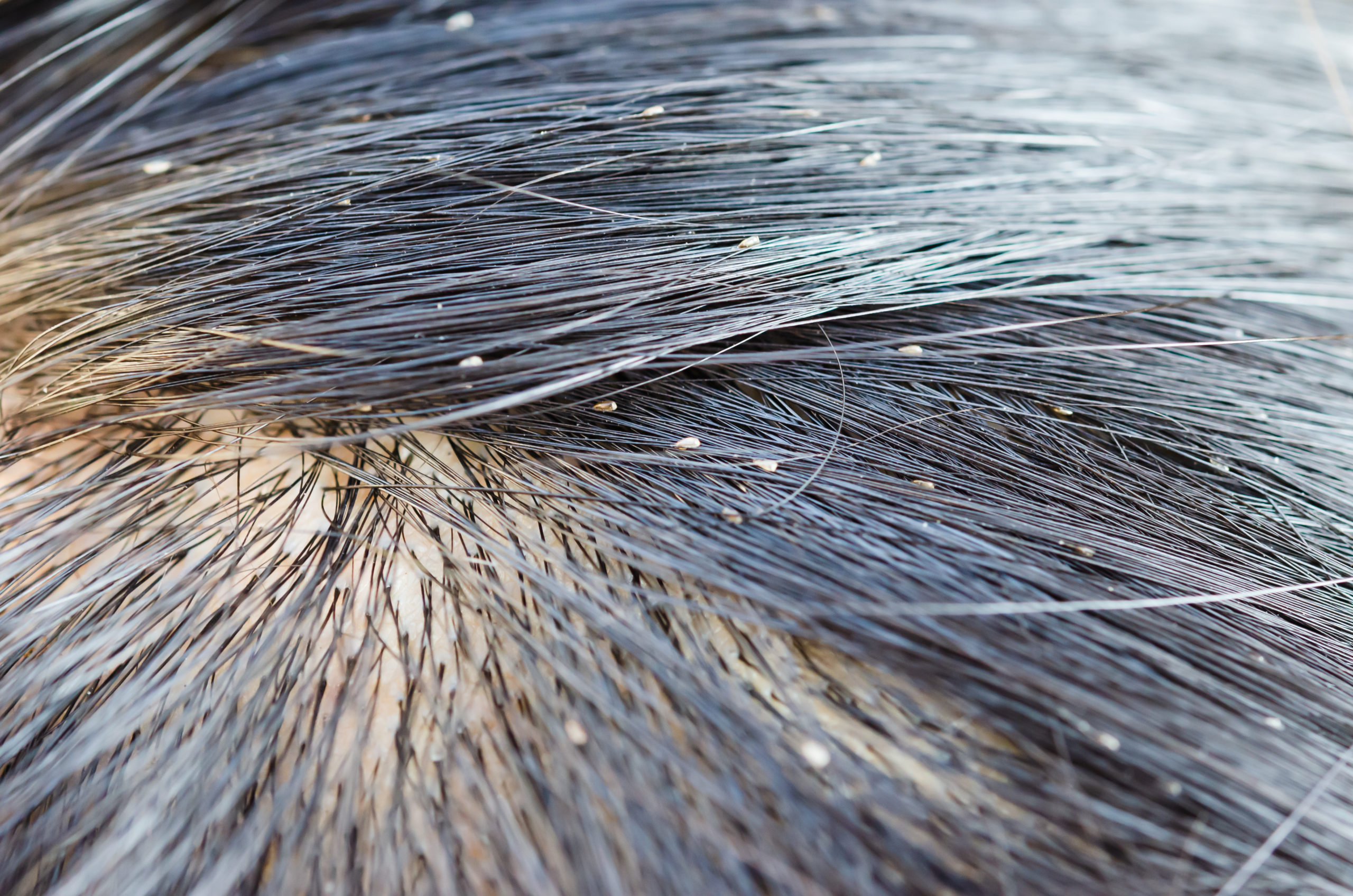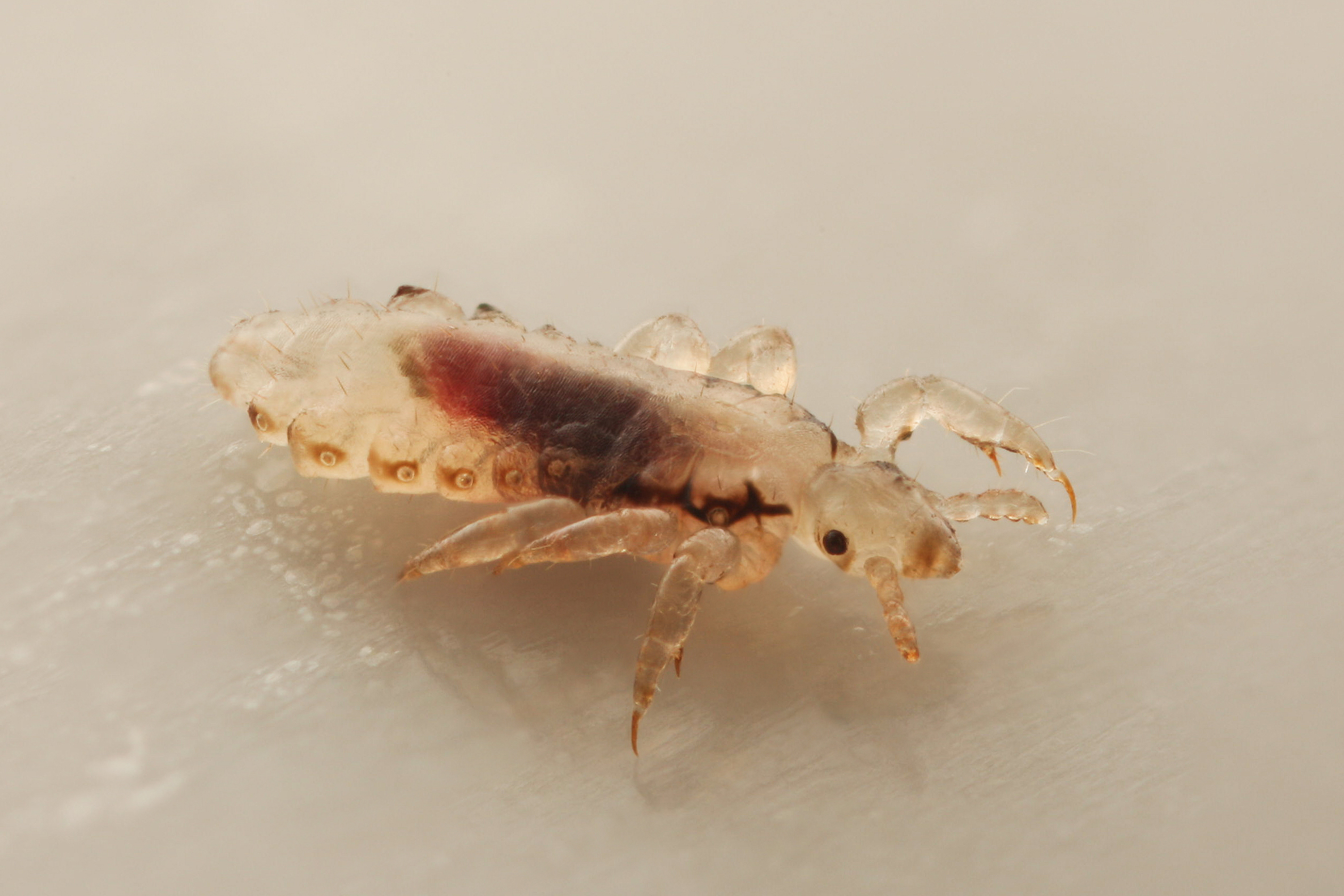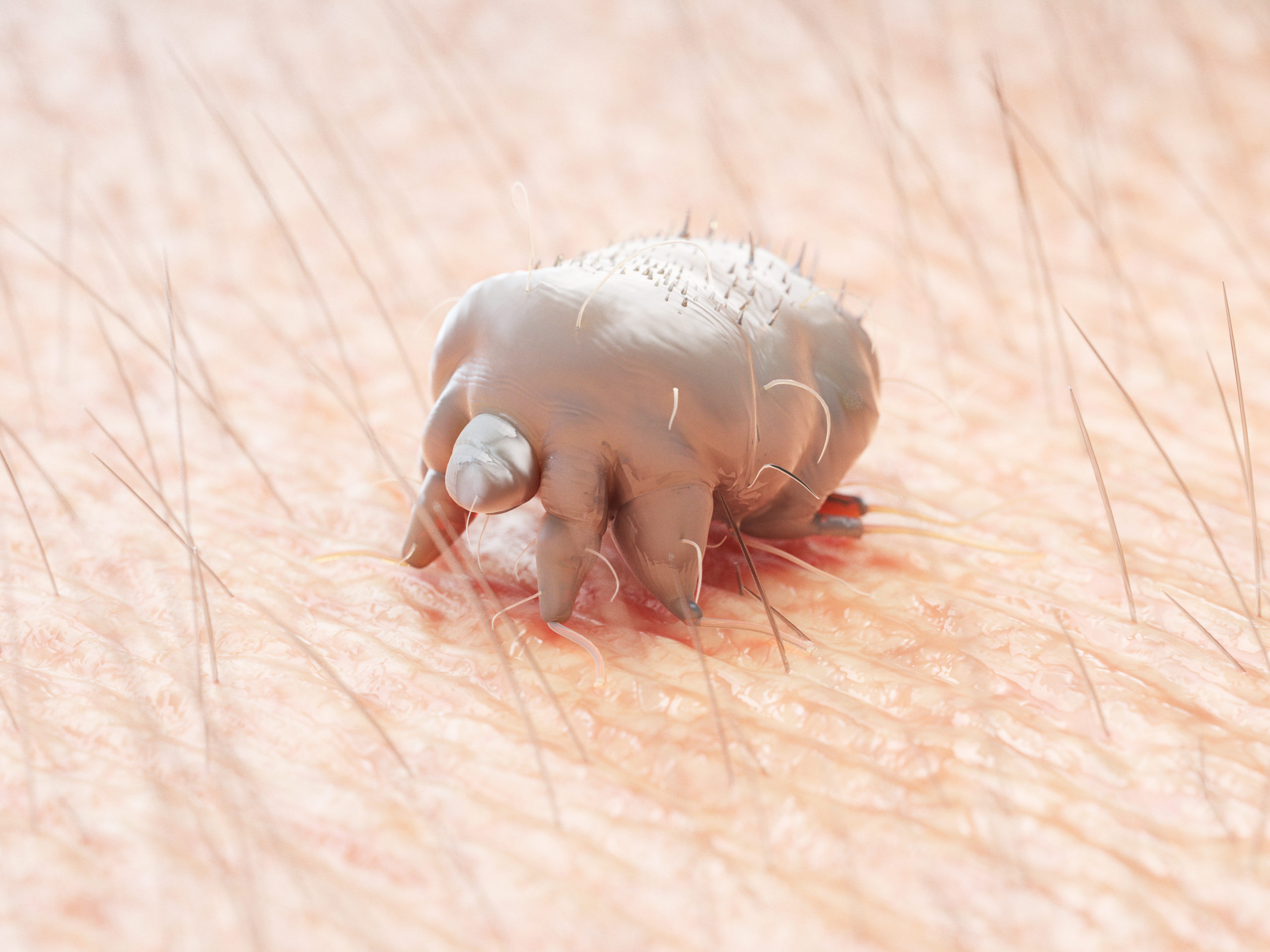Parasites Not Pests
Parasites Not Pests
Parasites
Parasites are organisms that live off another, known as the host, and often harm the host as they use them for their own survival. There’s a fair share of pests that are parasitic, such as mosquitos, bed bugs, and ticks. Other human parasites, while equally pestering, are not pests and require drastically different treatments. The following are two of the most common human parasites that are mistaken for pests as well as advice on how to seek proper treatment for such parasites. 
Lice
Lice are parasitic insects that feed on human blood and are very easily spread by close contact between people (which is why head lice are particularly prevalent in schools). There are three types of human lice all of which can be acquired even when meticulous personal hygiene is practiced:
- Head Lice – These lice infest the scalp, remaining hidden within a person’s hair.
- Body Lice – Body lice are the most easily identified as they are often found on clothing and bedding. They are also the most common to occur due to lack of hygiene.
- Pubic Lice – While these lice most commonly inhabit the area of their namesake, they can also be found on eyebrows, eyelashes, and other areas with significantly coarse body hair
The presence of lice is infamous for causing an intense itching sensation wherever they inhabit. Victims of these insects also report feeling a tickling movement within their hair as well as some pain from the sores and bite marks that result from the infestation. When closely examining the hair, adult lice (that measure about the size of a sesame seed) may been seen along with lice eggs called nits. Nits are particularly tiny and can often be mistaken for dandruff, but notably are unable to be brushed out of hair easily and instead stick to the shafts of hair. 
Scabies
Also known as Human Mange, Scabies are a type of mite (which is a subcategory of arachnids) that is transferred from human to human when people are in very close proximity with one another. Contrary to popular belief, they do not come from exposure to a dog with Mange, as Human Mange is a different subspecies of mite that requires a human host – only surviving a matter of days without one. These microscopic mites burrow into the shallow layers of skin, remaining there to live out their lives, breed and lay their eggs. Most commonly they infest the webbing between fingers or toes, wrists, armpits, elbows, and the sensitive areas between legs. Scabies bites can be identified by two key features: burrows and a rash. As a collection, the bites will appear as a pimple-like rash with scaly skin and tiny blisters. This rash is notoriously very itchy and can become infected if it splits open. Finding small burrows in the clusters of red bites is a clear sign that the rash you have is most likely caused by scabies and not another source. These are very miniscule tubular shaped caverns raised a bit above the skin surface and surrounded by gray/white skin. 
Treating Non-Pest Parasites
Parasitic pests such as bed bugs and fleas simply bite and move on, living in areas that are close to us, but not on our person. Scabies and lice, however live in such close proximity to our bodies that traditional pest control treatments and insecticides aren’t safe for treatment. Instead, if you suspect your bite marks are due to either of these parasites, it’s important to contract your primary health care provider to seek proper treatment. There are a variety of prescription ointments, shampoos, and other pharmaceutical treatments available that can help rid you of these insects/arachnids, and your doctor can help you select a treatment plan that is best for you. 
Citations
Lice (2020) Mayo Clinic. Mayo Foundation for Medical Education and Research. Available at: https://www.mayoclinic.org/diseases-conditions/lice/symptoms-causes/syc-20374399 (Accessed: July 23, 2021).
Parasites: Scabies (2010) Centers for Disease Control and Prevention. Global Health Division of Parasitic Diseases. Available at: https://www.cdc.gov/parasites/scabies/index.html (Accessed: April 2020).
Request a Free Quote Today
(We do not share your data with anybody, and only use it for its intended purpose)


